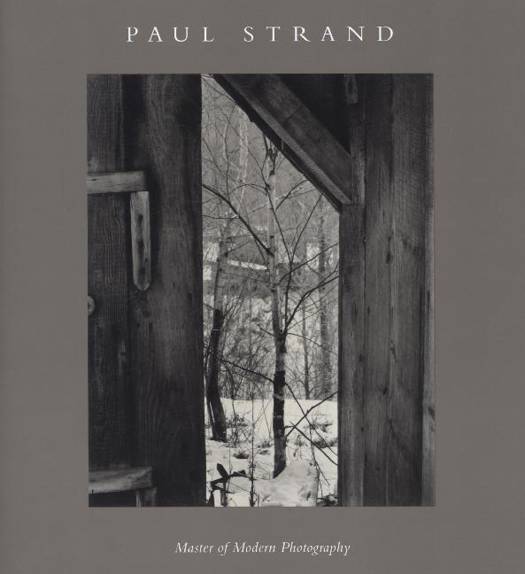
En raison d'une grêve chez bpost, votre commande pourrait être retardée. Vous avez besoin d’un livre rapidement ? Nos magasins vous accueillent à bras ouverts !
- Retrait gratuit dans votre magasin Club
- 7.000.000 titres dans notre catalogue
- Payer en toute sécurité
- Toujours un magasin près de chez vous
En raison de la grêve chez bpost, votre commande pourrait être retardée. Vous avez besoin d’un livre rapidement ? Nos magasins vous accueillent à bras ouverts !
- Retrait gratuit dans votre magasin Club
- 7.000.0000 titres dans notre catalogue
- Payer en toute sécurité
- Toujours un magasin près de chez vous
Description
A fresh account of the career of one of the most important photographers of the 20th century Through his amazing variety of innovative images, photographer Paul Strand (1890-1976) played a crucial role in establishing the medium's significance as a modern art form. Celebrating the Philadelphia Museum of Art's recent acquisition of the core collection of Strand's prints from the Paul Strand Archive, this stunning book comprehensively reassesses the artist's career in light of current scholarship and critical debates about his work. Featuring more than 250 plates, the catalogue includes many of Strand's iconic early photos such as Wall Street and Blind Woman alongside lesser-known master prints from all phases of his career. Discussing the artist's prolific career, from his emergence in Alfred Stieglitz's circle in New York in the early part of the century to his years spent working abroad in places such as Mexico, France, Italy, and Africa, Peter Barberie positions Strand as a remarkably independent modernist whose priorities shifted at several points and often ran counter to prevailing trends. Amanda N. Bock focuses on the years 1930-50, when Strand thoroughly explored the role of politics in modern art and relentlessly sought to identify the greater purposes of photography and filmmaking. The edited transcript from a roundtable discussion among key scholars touches upon many aspects of Strand's various projects from the 1930s to the 1960s. A detailed chronology brings to light new information about the life and work of an extraordinarily important and influential 20th-century photographer. Published in association with the Philadelphia Museum of Art, in collaboration with Fundación MAPFRE
Exhibition Schedule:
Philadelphia Museum of Art
(10/21/14-01/04/15)
Fotomuseum Winterthur, Switzerland
(03/07/15-05/17/15)
Fundación MAPFRE, Madrid(06/03/15-08/30/15)
The Victoria and Albert Museum, London
(03/19/16-07/03/16)
Spécifications
Parties prenantes
- Auteur(s) :
- Editeur:
Contenu
- Nombre de pages :
- 372
- Langue:
- Anglais
- Collection :
Caractéristiques
- EAN:
- 9780300207927
- Date de parution :
- 11-11-14
- Format:
- Livre relié
- Format numérique:
- Genaaid
- Dimensions :
- 305 mm x 330 mm
- Poids :
- 3538 g

Les avis
Nous publions uniquement les avis qui respectent les conditions requises. Consultez nos conditions pour les avis.






